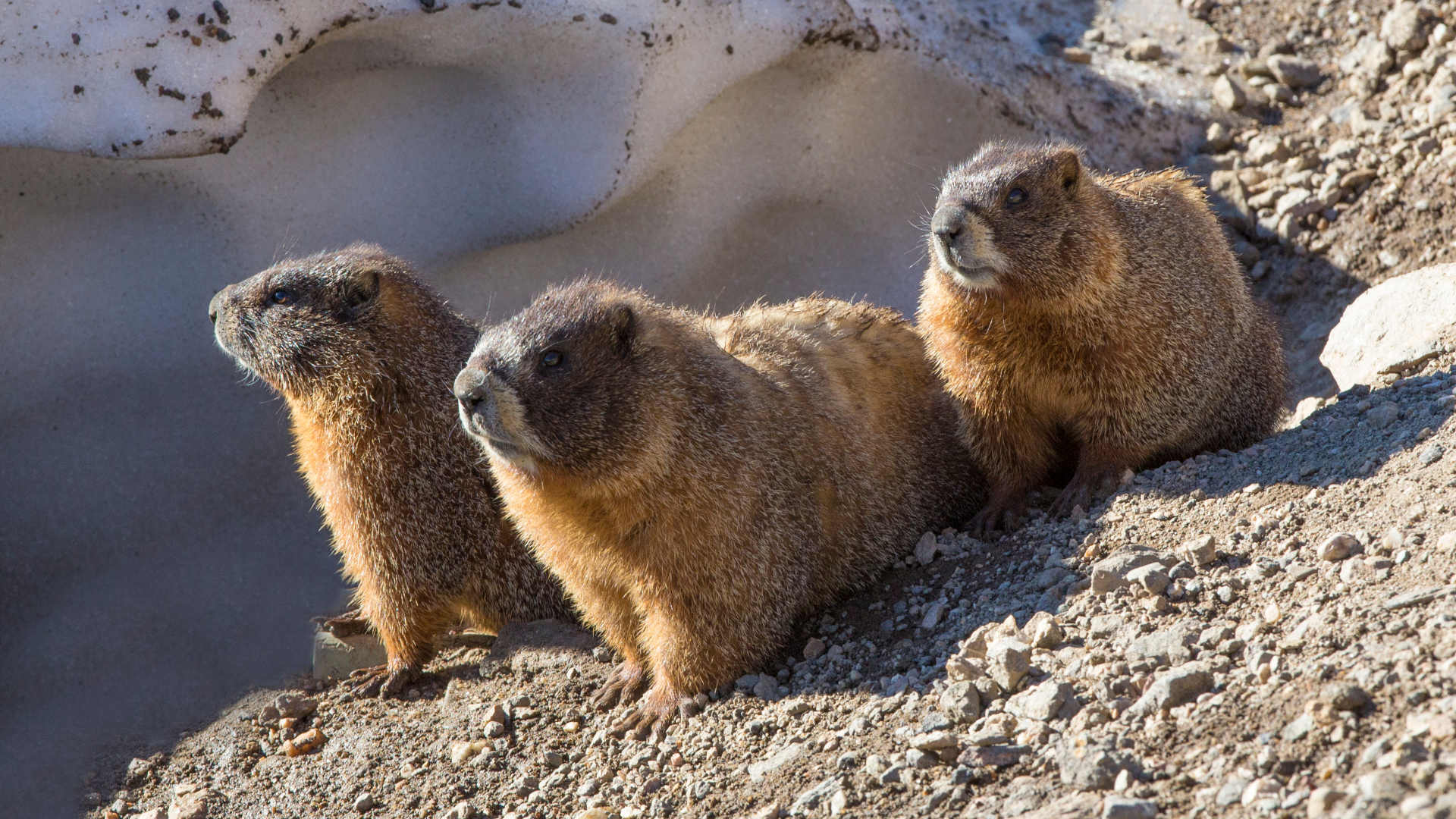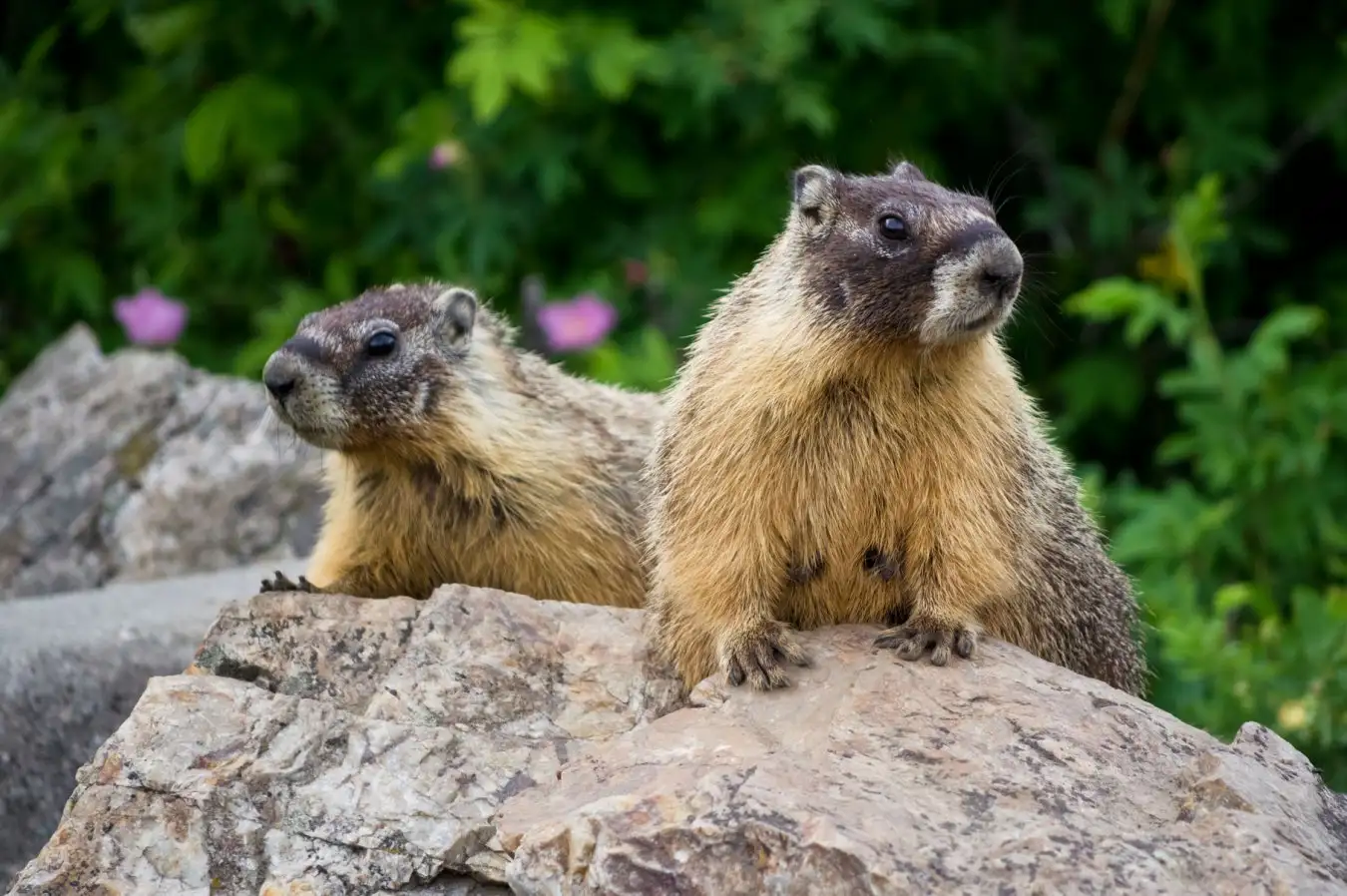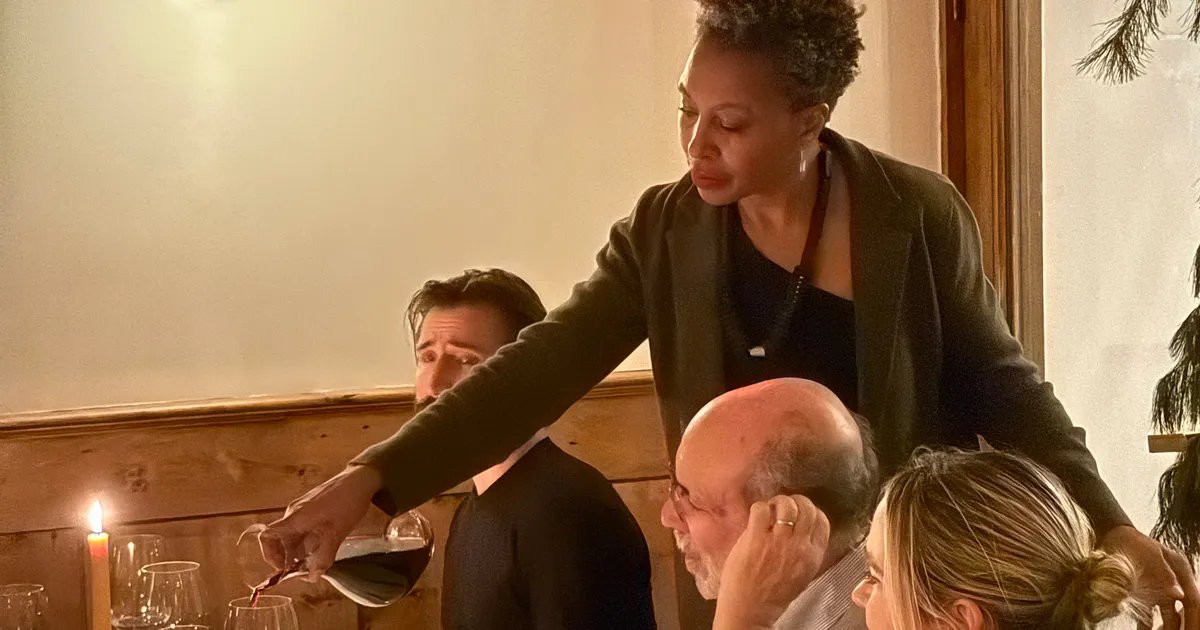It is widely accepted that having close friends can impact well-being, but what about the groups we belong to? The idea that a group’s culture or structure can influence individual behavior has been a long-standing debate in biology. One controversial theory, known as multilevel selection, suggests that evolution acts not only on individual traits but also on group characteristics. This challenges traditional views of natural selection, which typically focus on individual advantages that help organisms survive and reproduce.
Multilevel selection extends the concept of natural selection by proposing that both individuals and groups experience evolutionary pressures. For example, an individual with strong social connections may have higher survival rates.
However, at the group level, well-connected groups may also experience benefits, such as better access to resources or increased protection from predators. Interestingly, selection can sometimes favor traits that seem contradictory—like individual introversion within highly social groups—showing the complexity of evolutionary pressures at different levels.
Field Studies on Marmots Provide Insights into Multilevel Selection in the Wild
Since Charles Darwin first proposed that groups influence individuals in his 1871 book The Descent of Man, scientists have debated the validity of multilevel selection. So far, only laboratory experiments have provided evidence for this theory, leaving its real-world relevance uncertain. To address this, field biologists have sought to examine how multilevel selection operates in wild animal populations, leading to a new study on yellow-bellied marmots.
Researchers at the Rocky Mountain Biological Laboratory have studied marmots for decades, meticulously tracking their behaviors and interactions. By analyzing over 42,000 recorded social interactions among nearly 1,300 marmots from 180 different social groups, scientists mapped out complex social networks.

They aimed to determine whether individual relationships or group characteristics played a more significant role in survival and reproduction. Using a statistical method called contextual analysis, they assessed the relative influence of individual and group selection.
Multilevel Selection Shapes Survival in Both Animal Groups and Human Societies
The study found strong support for multilevel selection in the wild. Both individual social traits and group dynamics significantly influenced survival and reproduction. The selection strength for individual traits was measured at 0.76, while for group traits, it was even higher at 1.03, indicating that group structure had a substantial impact. Some findings were counterintuitive—marmots with fewer personal social ties thrived in more socially connected groups, much like introverts benefiting from a lively social environment.
These findings suggest that multilevel selection is not limited to animals; it also applies to human social structures. From friend circles to workplaces and even entire nations, group dynamics shape individual outcomes. The marmot study reinforces the idea that both personal relationships and broader social environments influence success, providing new insights into the way evolution shapes collective and individual behavior alike.


